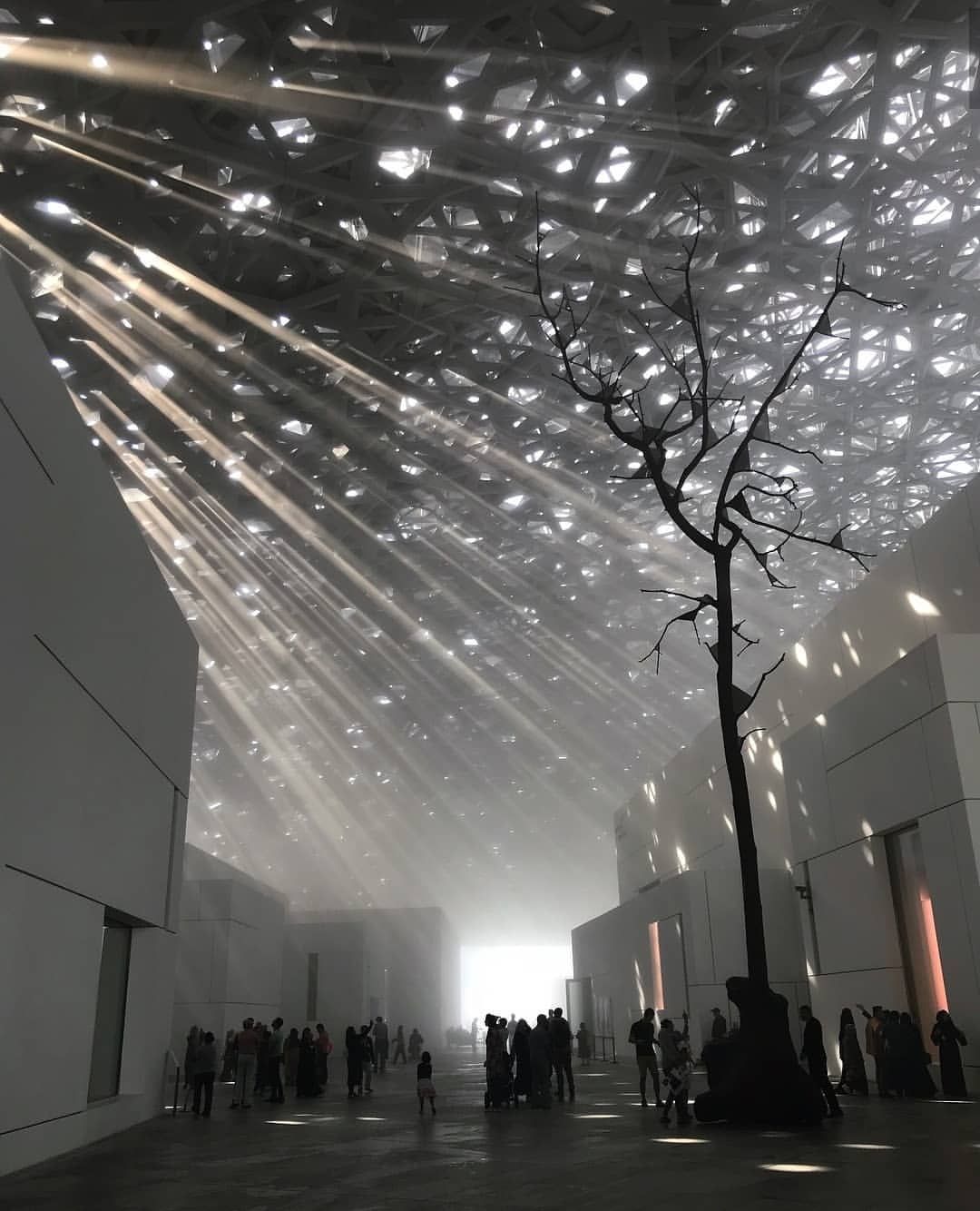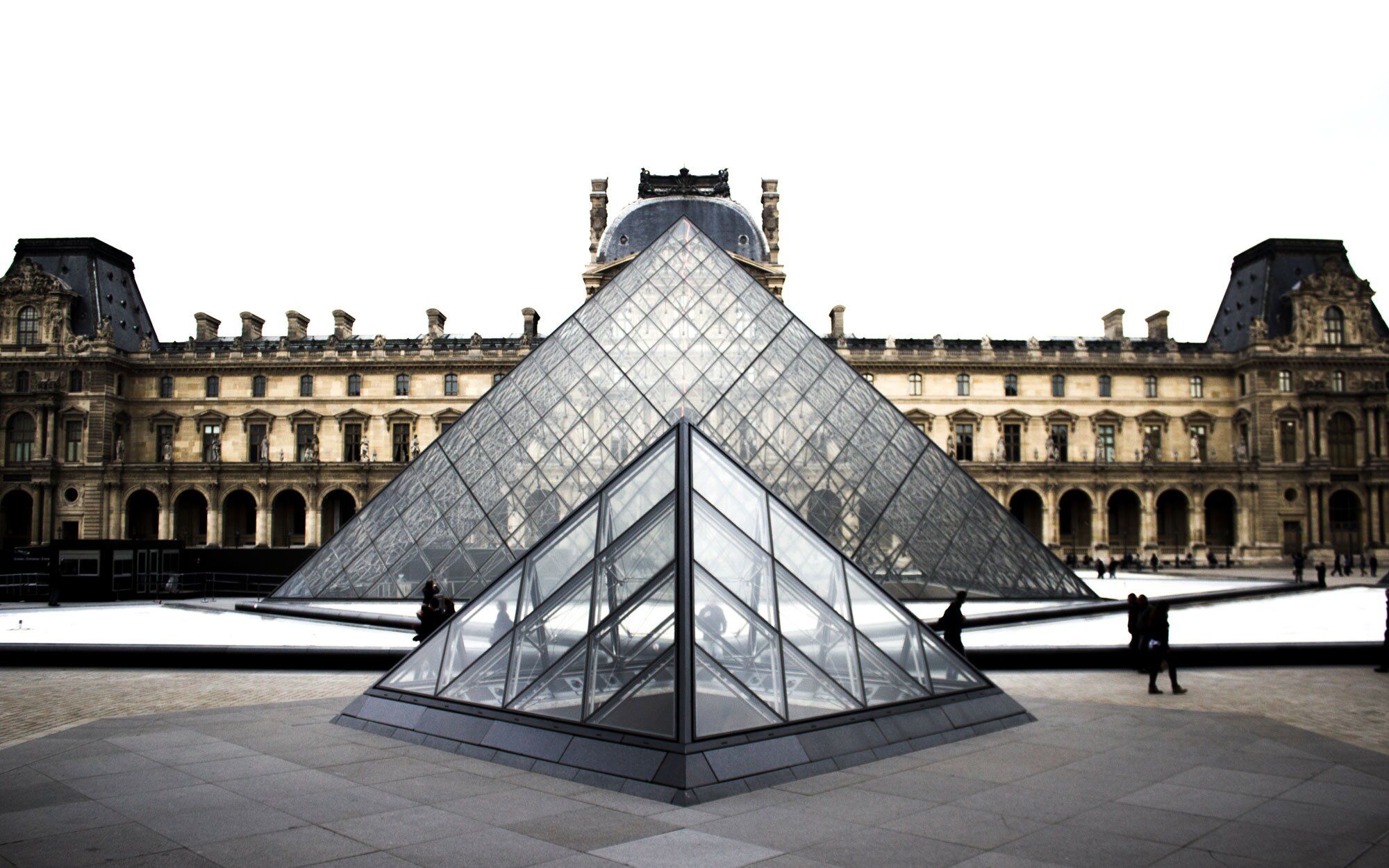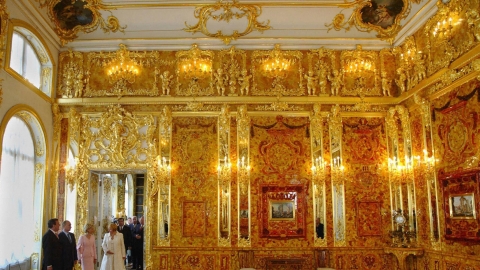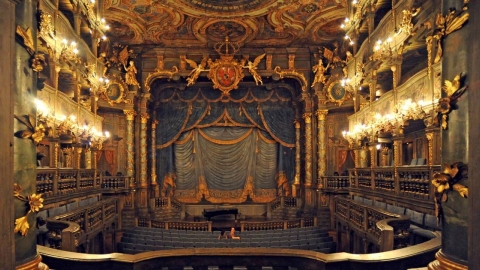Niteroi Museum of Contemporary Art (Brazil, 1996)
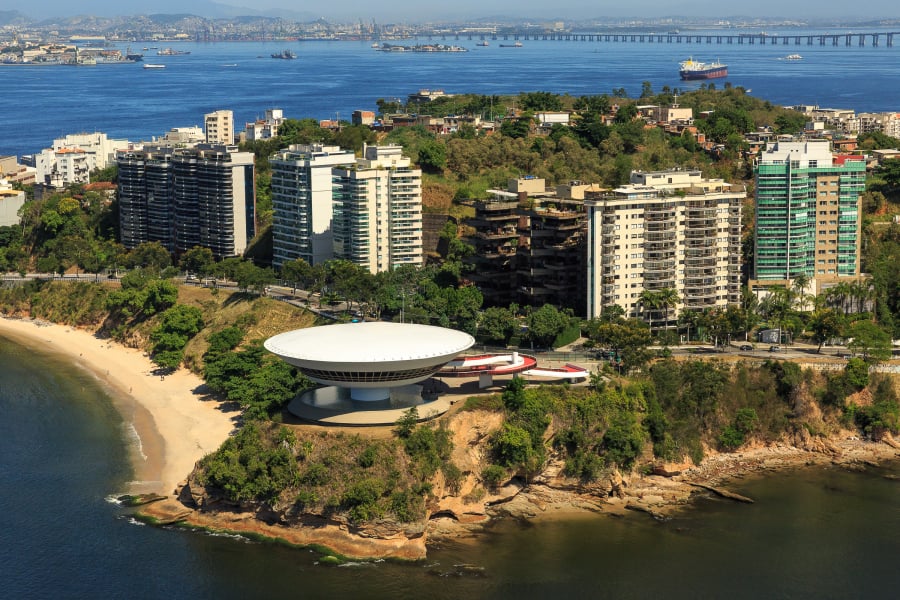
The Niteroi Contemporary Art Museum is a collaboration between renowned Brazilian architect Oscar Niemeyer and structural engineer Bruno Contarini. Located on the outskirts of Rio de Janiero, the building resembles an alien spaceship. The design reflects Niemeyer’s love of undulating forms. He wanted the museum to look like a flower emerging from the rocky terrain. The museum is surrounded by a natural lake, with a unique spiral red ramp as its entrance.
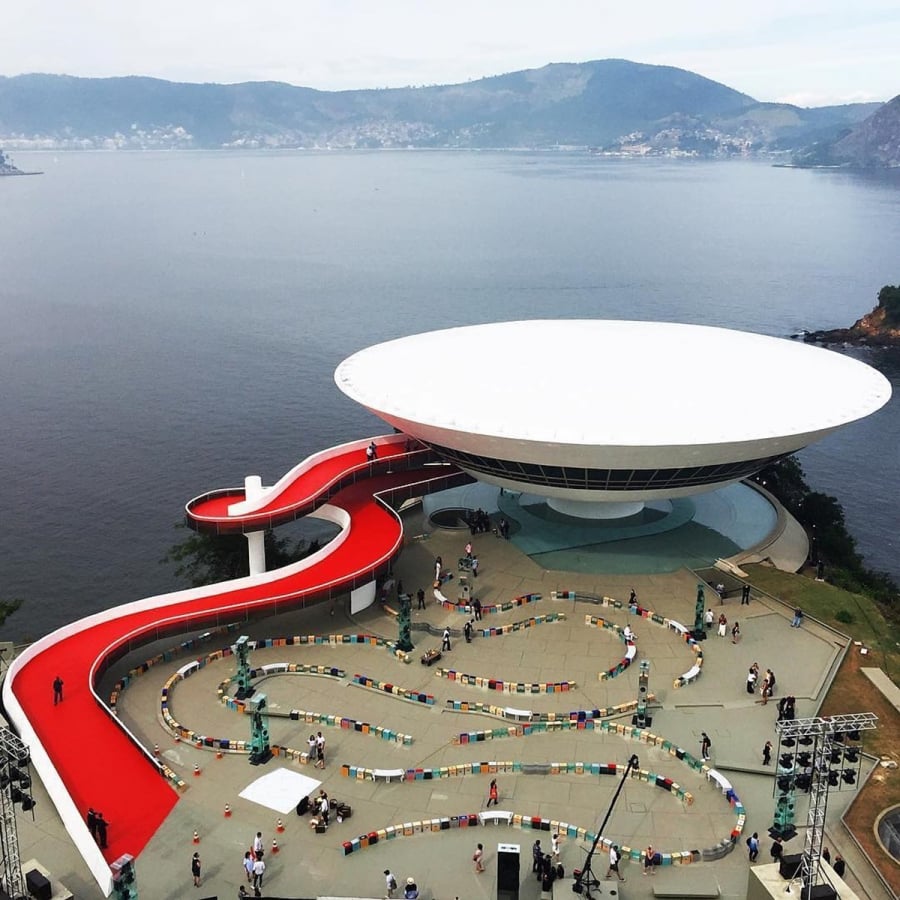
Louvre Museum (Paris, France, 1793)
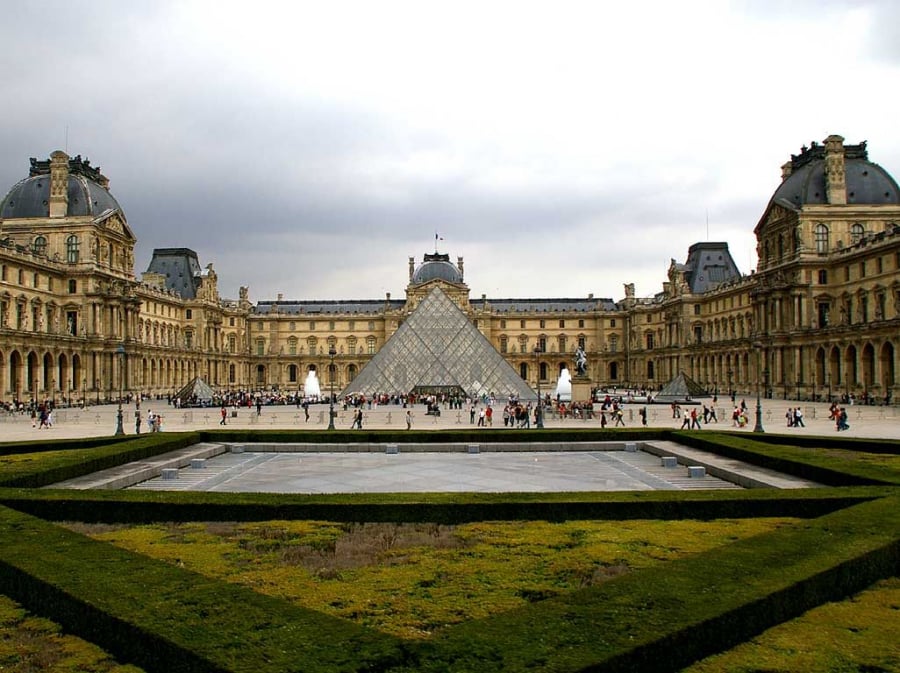
The Louvre Museum has a glass pyramid structure for visitors to admire the artifacts. The Louvre houses 380,000 precious pieces of human heritage as well as 35,000 works of art. The objects on display include paintings, archaeological finds, relics and sculptures. It is the most visited museum in the world, receiving 15,000 visitors every day.
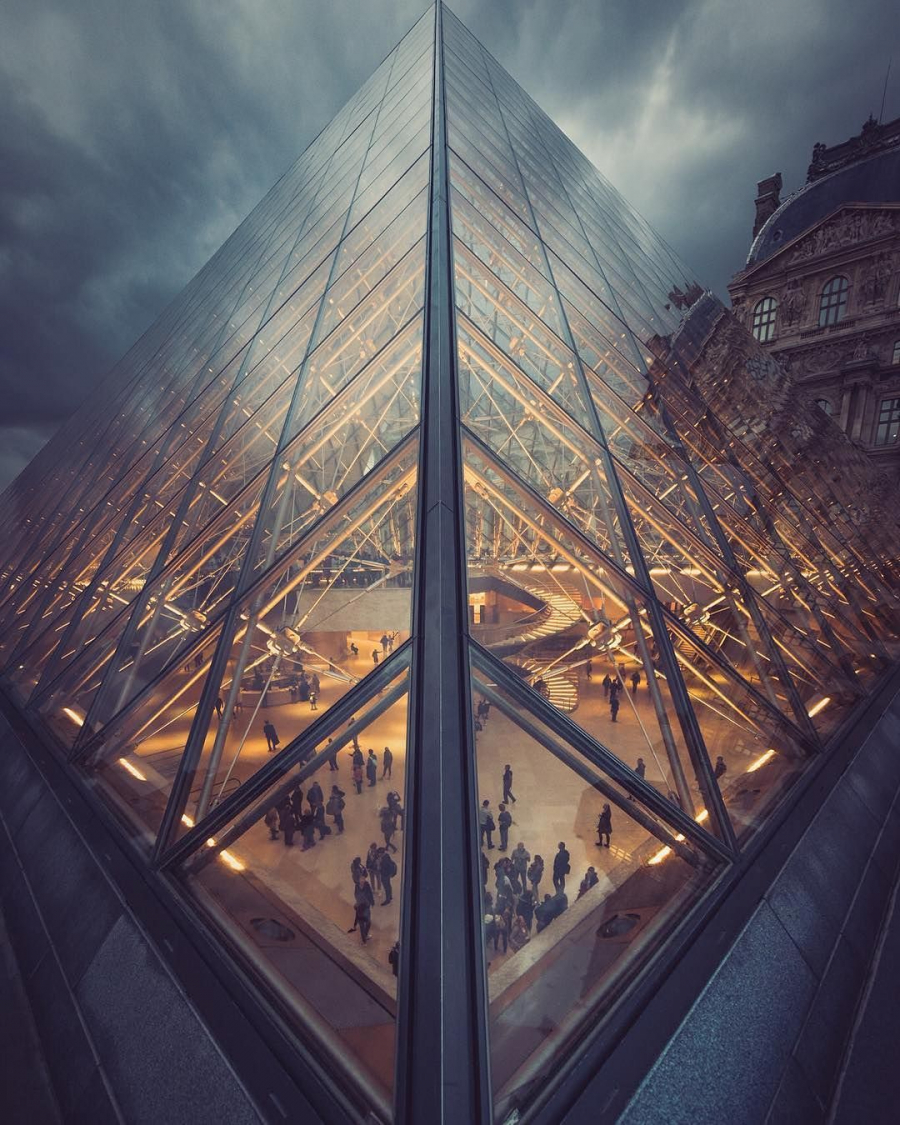
Soumaya Museum (Mexico City, Mexico, 1994)
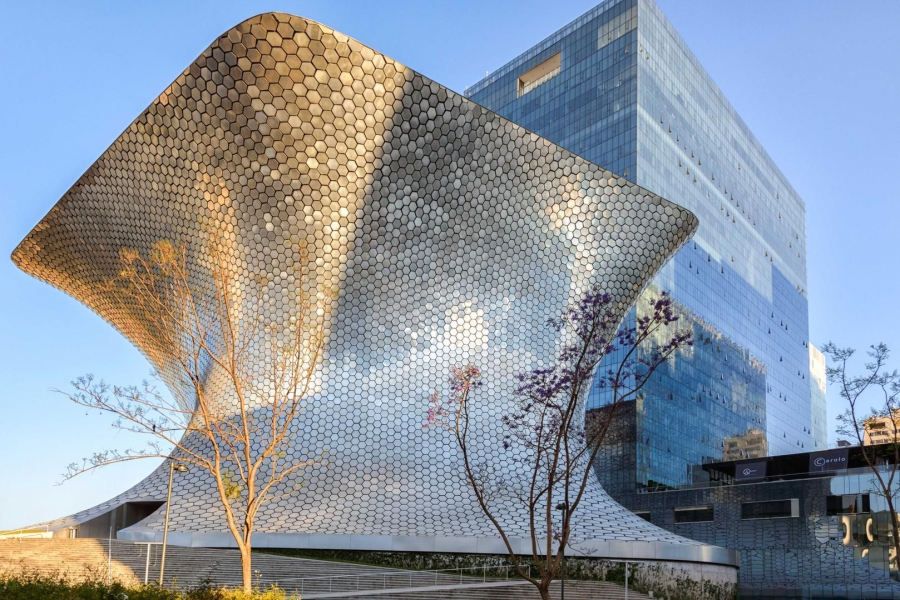
The six-story Soumaya Museum houses a collection of European and Mexican art. The building is worth 47 million euros. The museum's avant-garde design features a shiny structure reminiscent of Auguste Rodin's sculptures. The building's skin is made up of 16,000 polygonal aluminum panels, creating a shimmering effect.
Guggenheim Museum Bilbao (Basque, Spain, 1997)
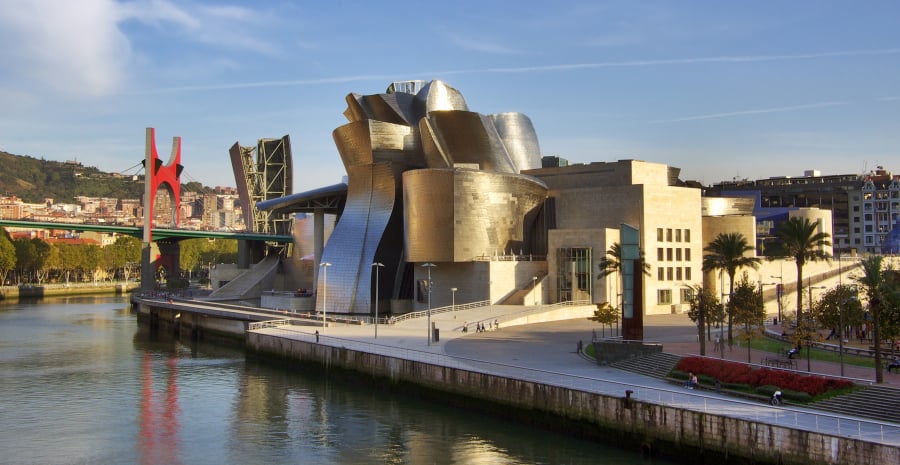


The Guggenheim Museum Bilbao overlooking the Nervión River is made from glass, limestone and titanium. Its curved design resembles a bouquet of flowers growing on the riverbank. The impact the museum has had on the surrounding area is huge. The industrial port city of Bilbao has been affected by the “Bilbao Effect,” a term now used to describe the impact of a cultural building designed by a famous architect on the economic revitalization of an area.
Hanoi Museum (Hanoi, Vietnam, 2010)
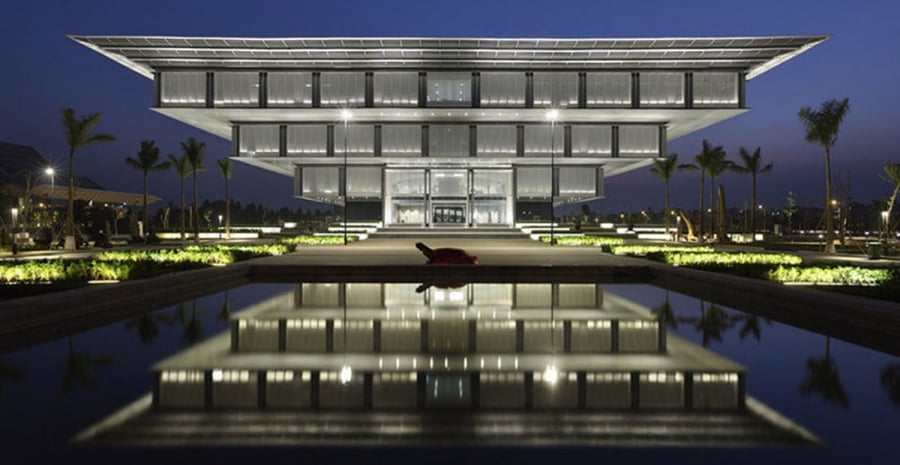
The museum is an upside-down pyramid that showcases Hanoi’s heritage over its 1,000-year history. The building has a central volume from which all exhibition floors are accessed. The design also provides shade for the lower floors and is energy efficient.
Jewish Museum in Berlin (Berlin, Germany, 2001)
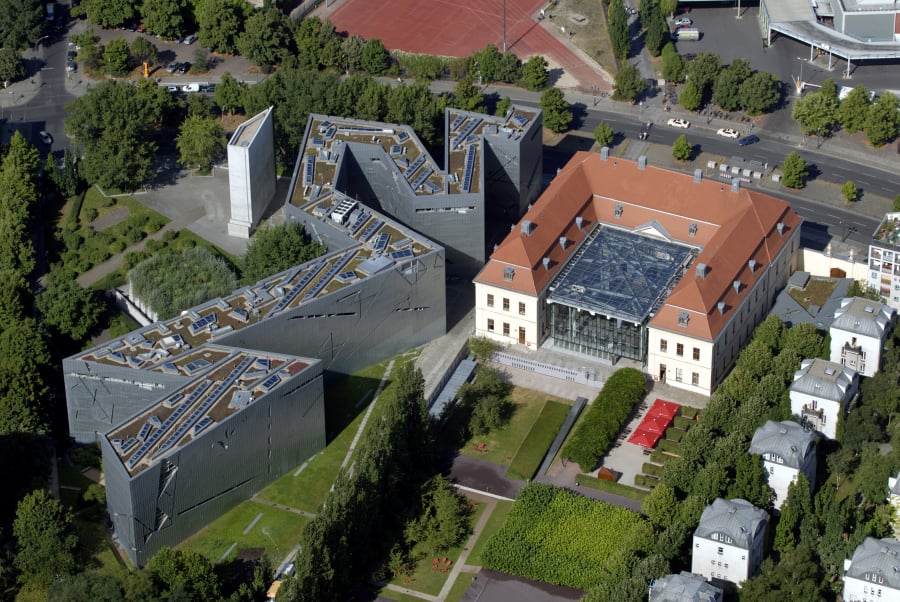
Located on Lindenstrasse in Berlin, the museum consists of an old Baroque building next to a new block designed by Daniel Libeskind. The new building has a zigzag shape, featuring sharp angles, dark and narrow passageways, exposed concrete interior walls, and a titanium-zinc facade with minimal openings. The museum aims to document the history of Jews in Germany and commemorate the Holocaust.
Museum of Islamic Art in Qatar (Doha, Qatar, 2008)
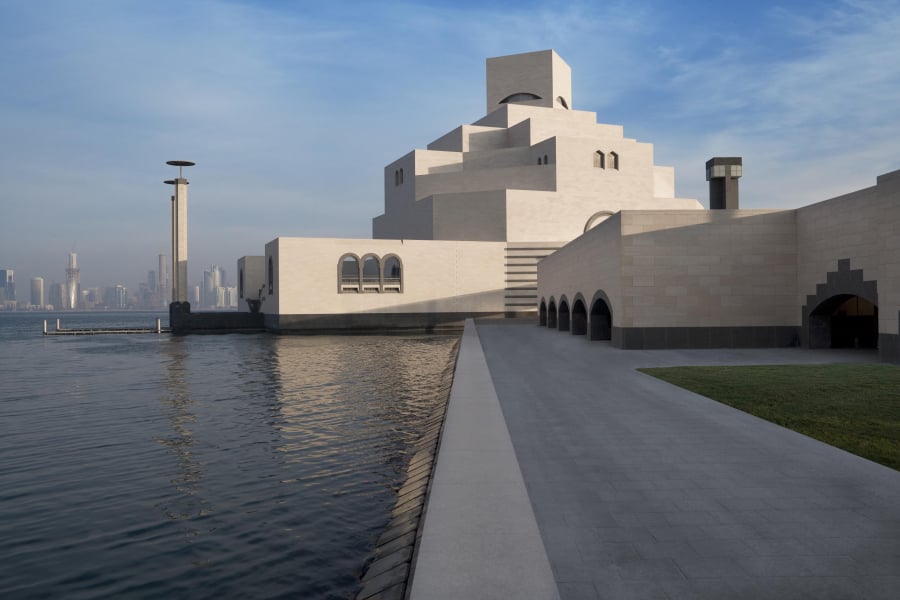
The museum overlooks the Arabian Gulf and consists of a five-story building linked to the education center by a large courtyard. The design by IMPei Architects was inspired by Islamic architecture, specifically the Ibn Tulun Mosque in Cairo, Egypt. On the north side of the museum, there is a 45-meter-high window that offers great views of the gulf. The angularity of the building matches the Islamic art that the museum displays.
Denver Art Museum (Denver, Colorado, USA, 2006)
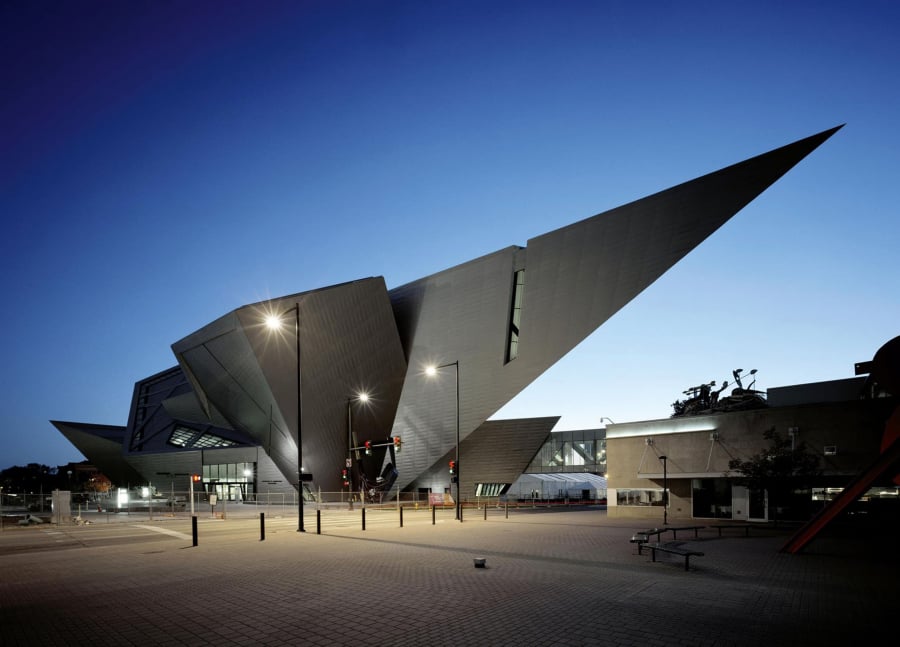
Studio Libeskind designed a new volume at the Denver Art Museum as an extension to the 45-year-old main building, designed by Italian modernist architect Gio Ponti. The new building now houses collections of modern and contemporary art, including collections of Oceanic and African art. The museum is now one of Denver’s most iconic buildings, attracting thousands of visitors each year.
Louis Vuitton Foundation (Paris, France, 2014)
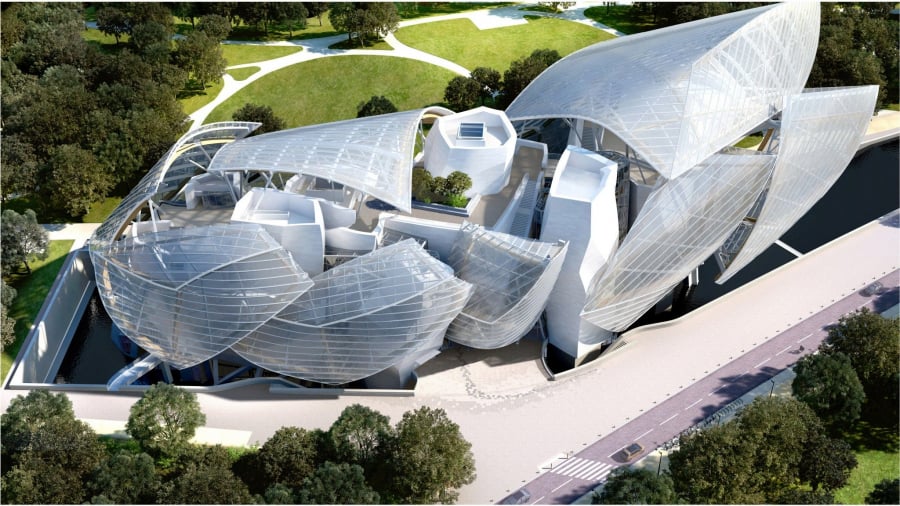
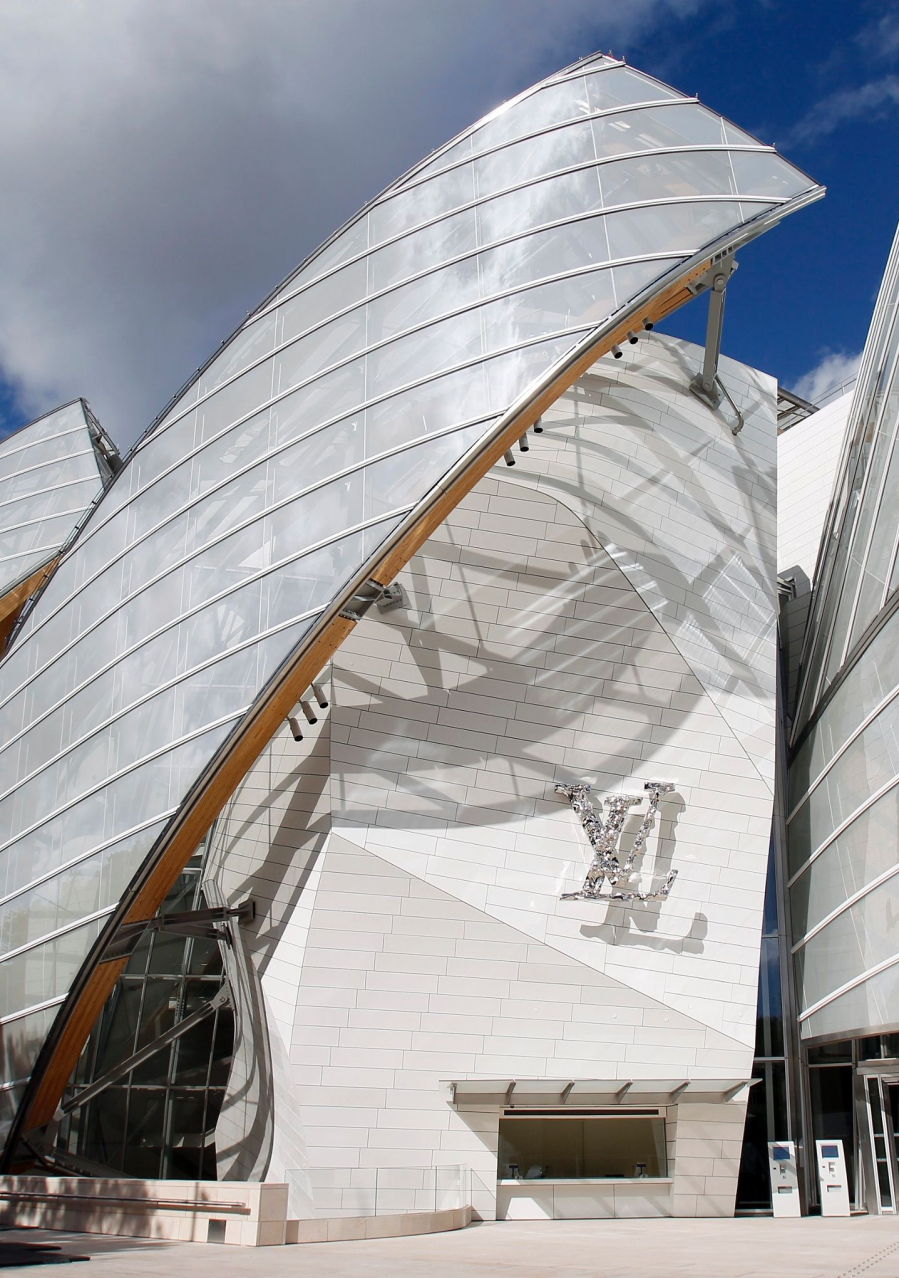

The $143 million art installation is located in the Bois de Boulogne, west of Paris. It is not only a museum but also a cultural center designed to encourage the development of contemporary art. The building consists of two floors - 11 exhibition areas. The design of the cloud in the space looks like it is floating above the ground.
Louvre Museum - Abu Dhabi (Abu Dhabi, UAE)
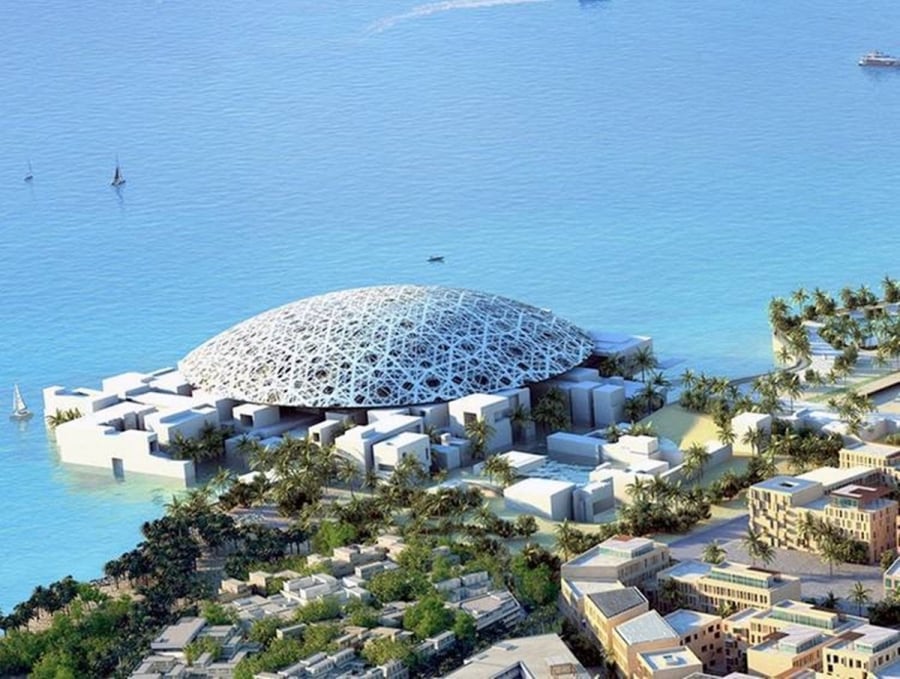
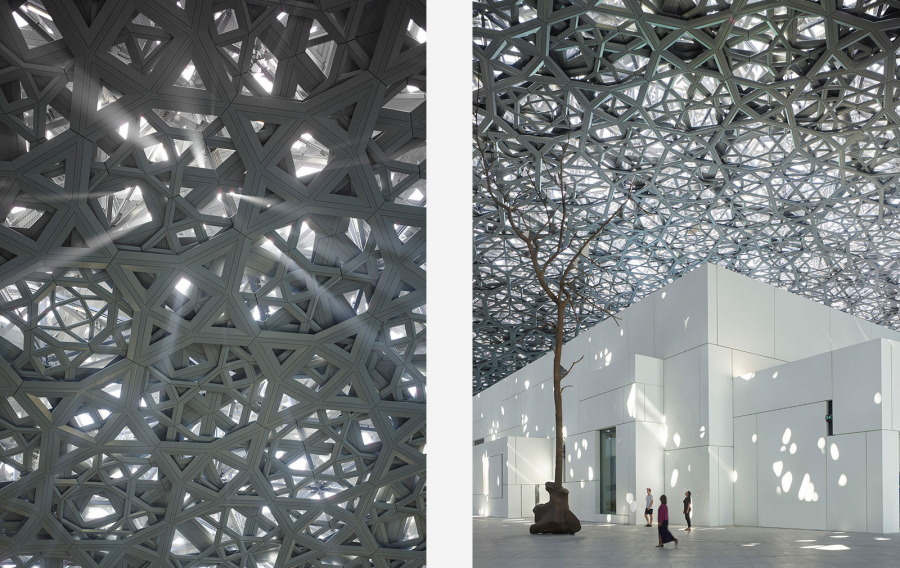
The museum's curved dome design, designed by Pritzker architect Jean Nouvel, features a white facade overlooking the clear blue waters of the Arabian Gulf. It was inspired by Al Ain, an oasis emirate, as well as Islamic and Arabic architecture. The $650 million museum is expected to house 300 works of art from 13 museums in France, including the Louvre, the Pompidou Center in Paris and the Musee d'Orsay.





